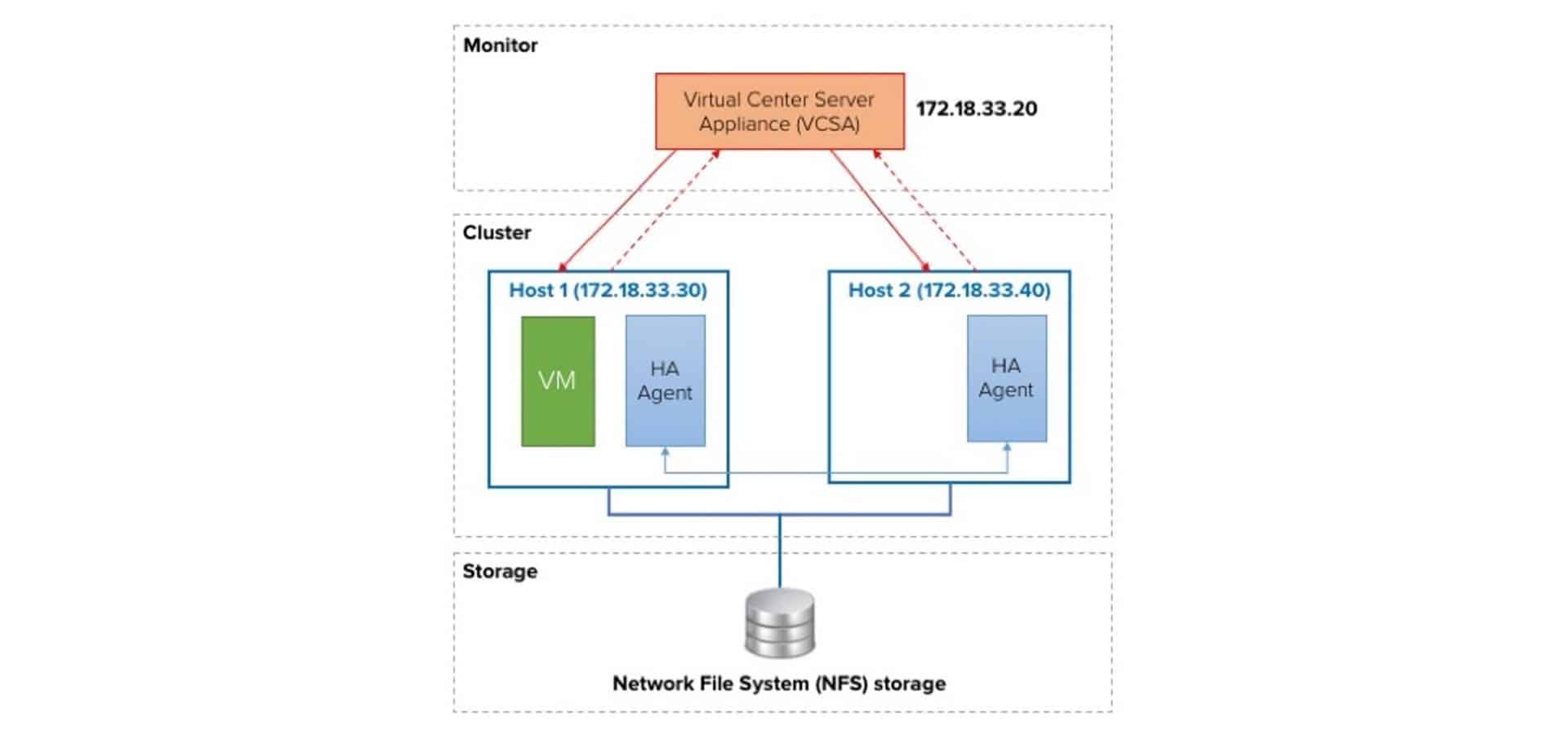Warm standby is a type of redundancy used for fault tolerance in computer systems. It is a system-level technology that provides a backup system in the event of an outage. The primary system is actively running and is monitored, and if an outage occurs, the warm standby system will take over seamlessly without any manual intervention. This redundancy ensures critical systems are kept running with a minimal amount of interruption in service.
A warm standby system is composed of two or more computing nodes that are either connected together over a local area network (LAN) or are geographically separate. The primary node is running the actual application while the warm standby node is waiting for an interruption to occur. In addition to the primary system being monitored for failure, the second node should also be monitored. When there is a failure in the primary node, the standby node is ready and waiting to take over.
Warm standby systems can be used to protect against system outages, hardware failure, system maintenance, or other scenarios such as system upgrades. In addition, some warm standby systems also provide failover capability, meaning the system can switch to another node in the cluster automatically to prevent downtime.
Warm standby systems are commonly used in mission-critical applications such as telecommunications, banking, and medical systems that must remain available for the public. As these systems require very low downtime, the use of warm standby systems is the most cost-effective way to ensure service continuity.






